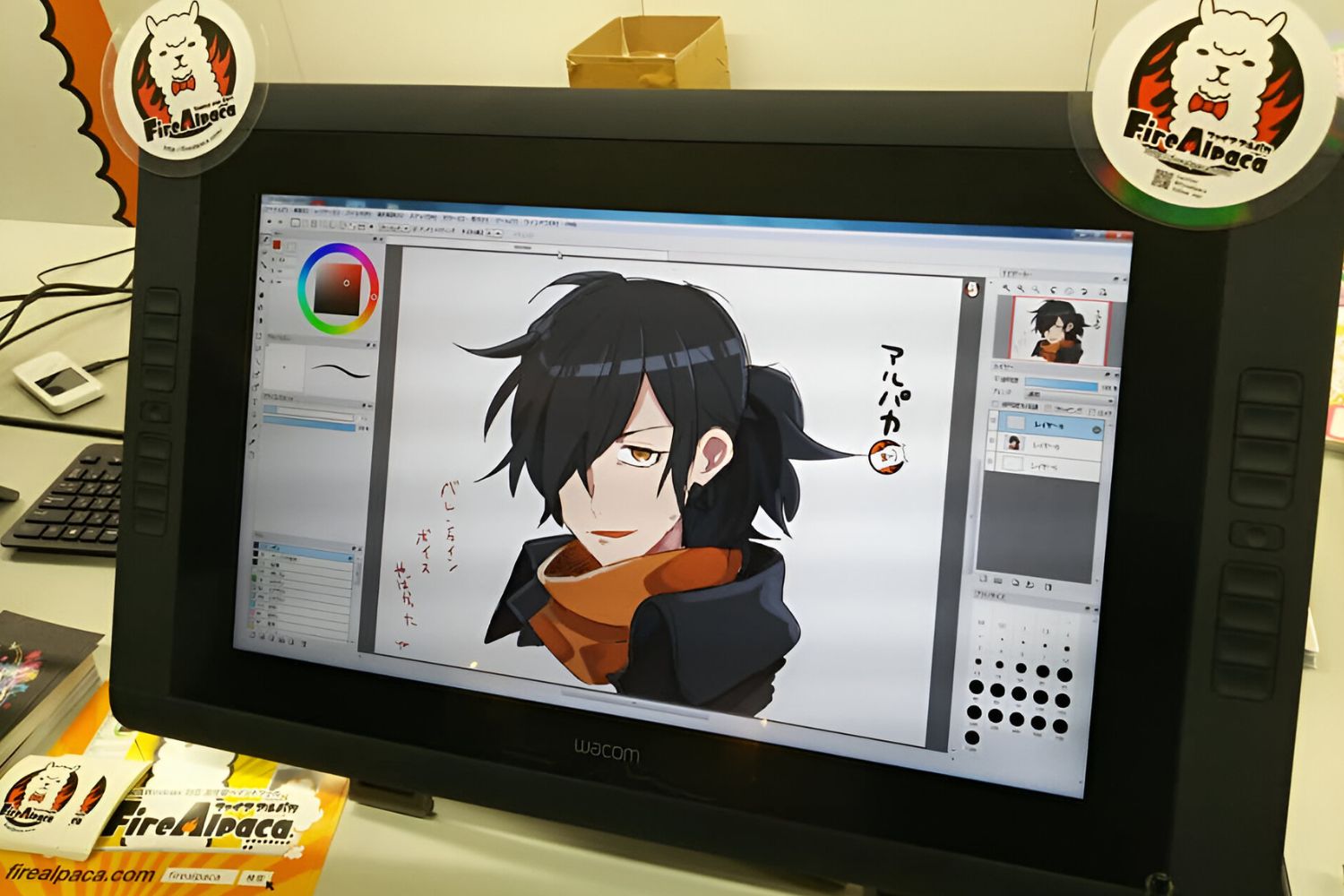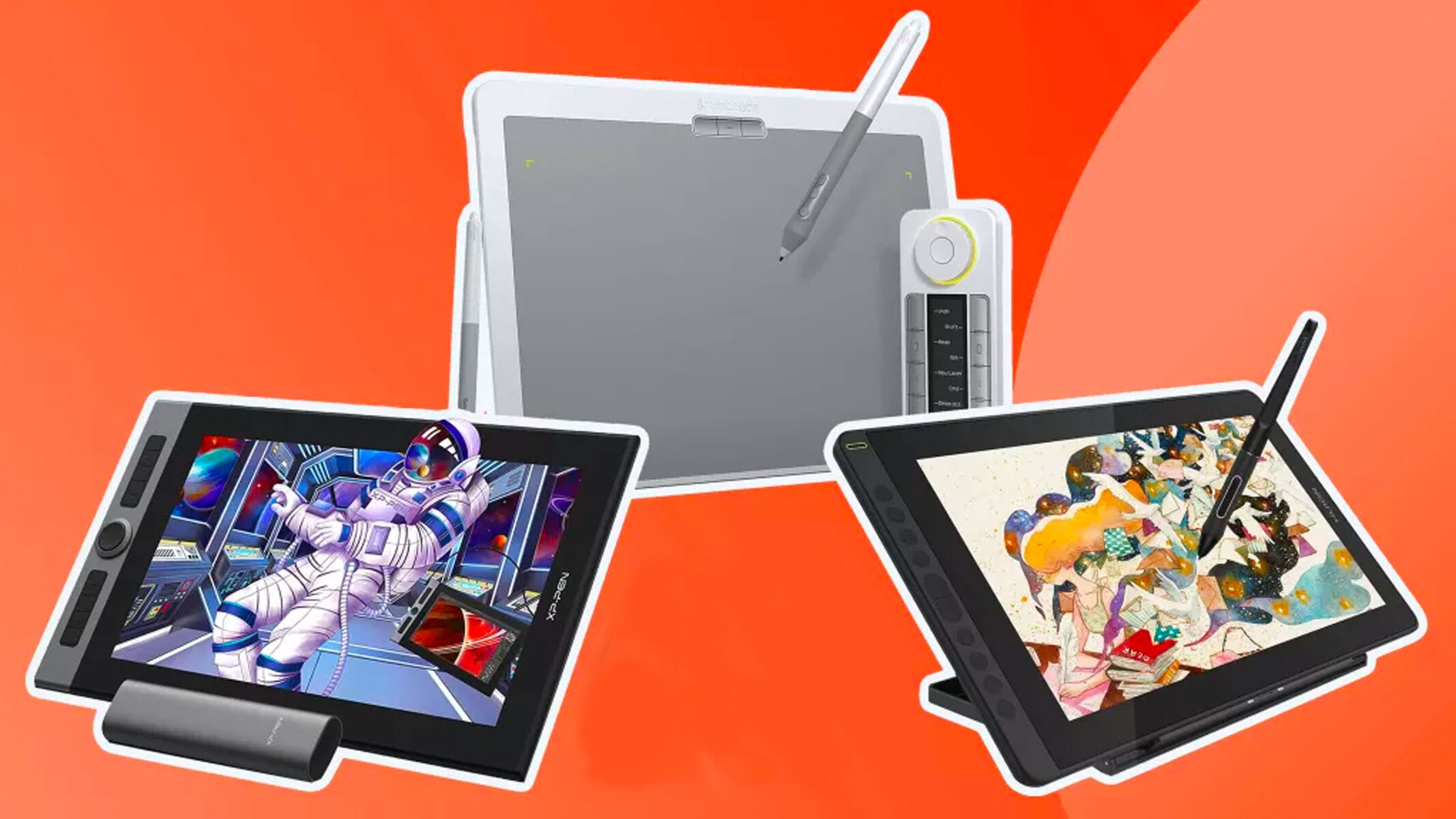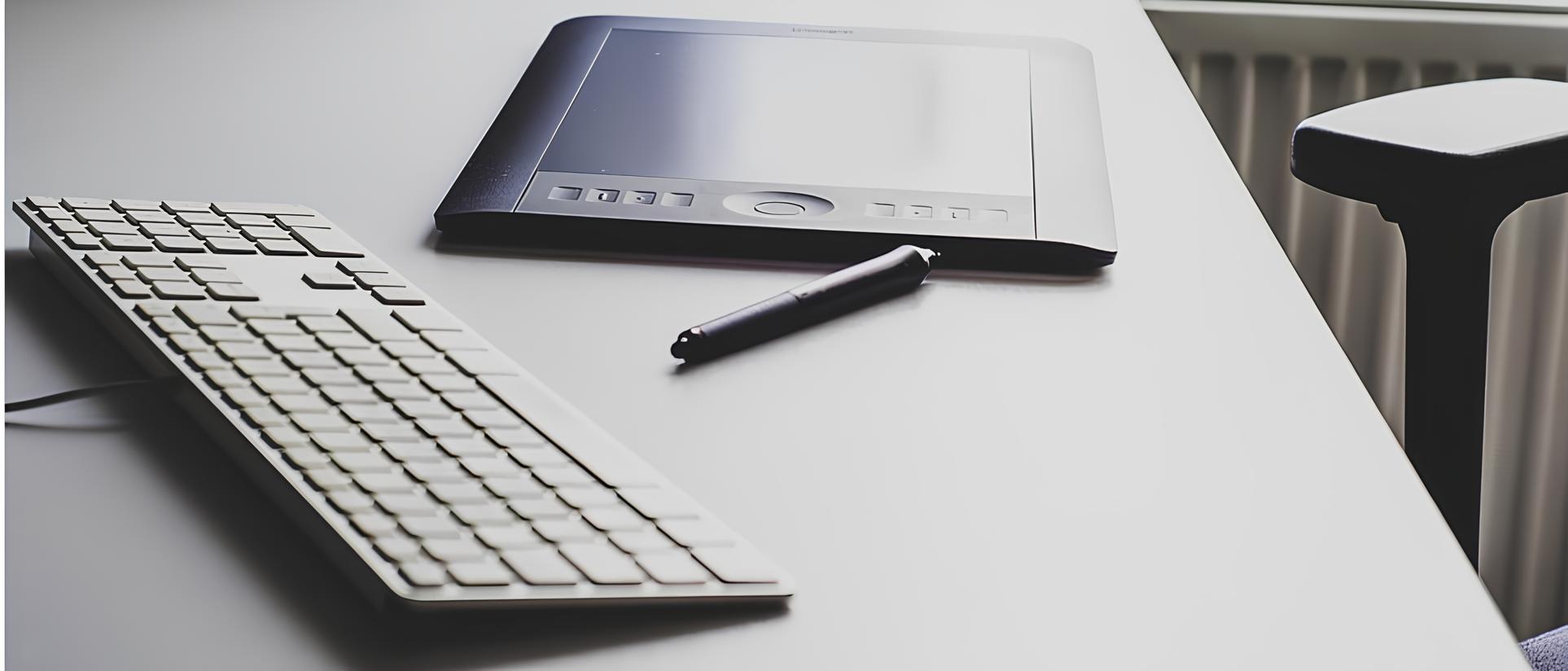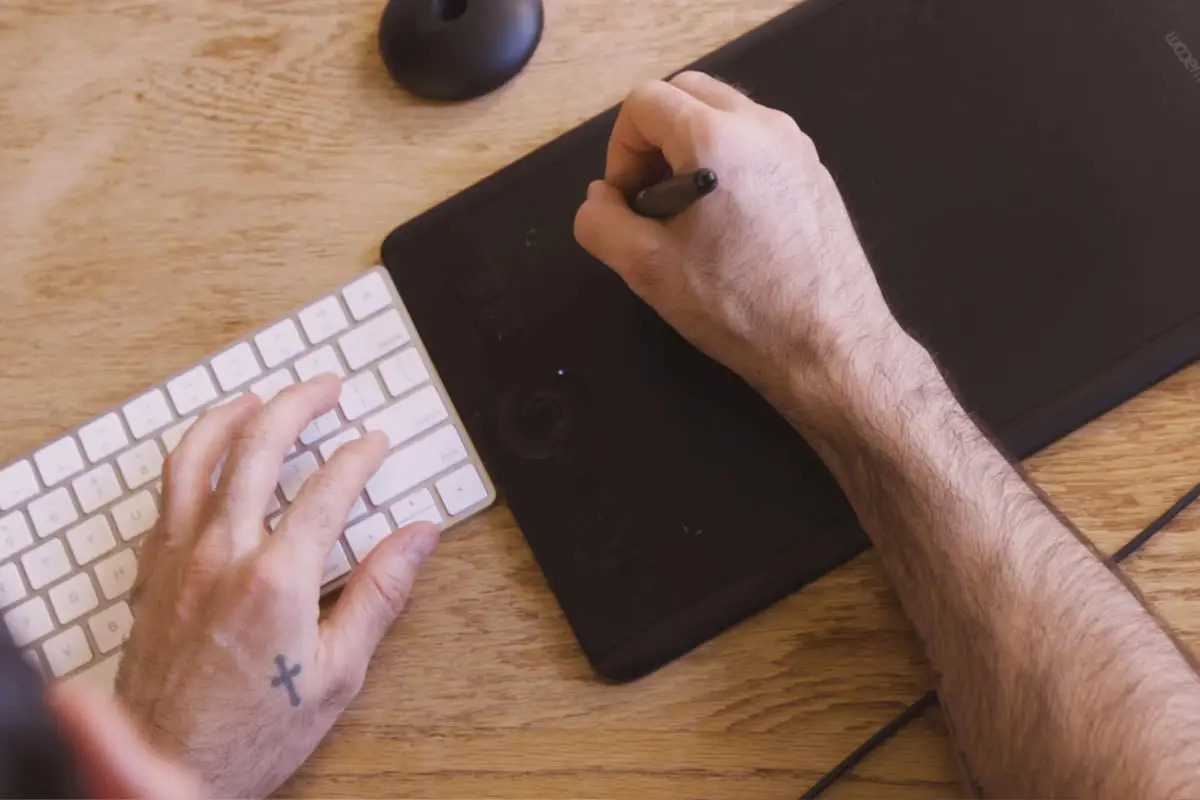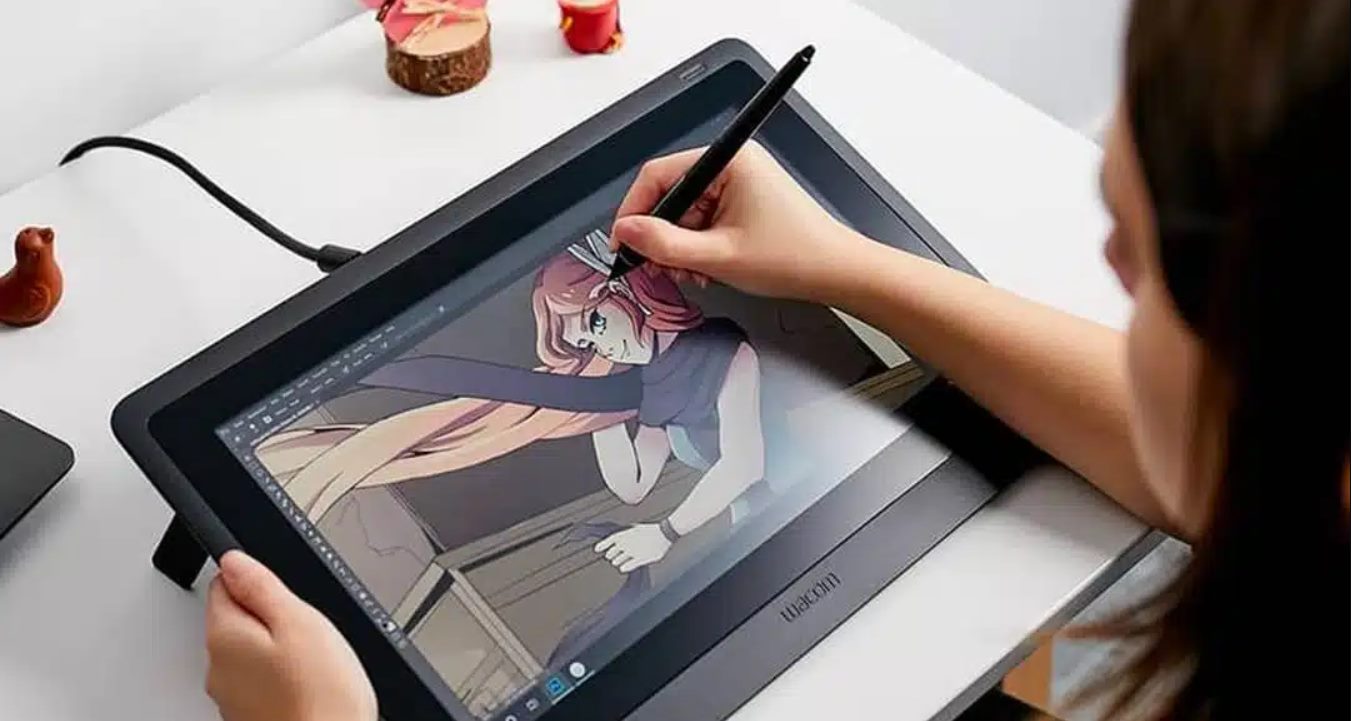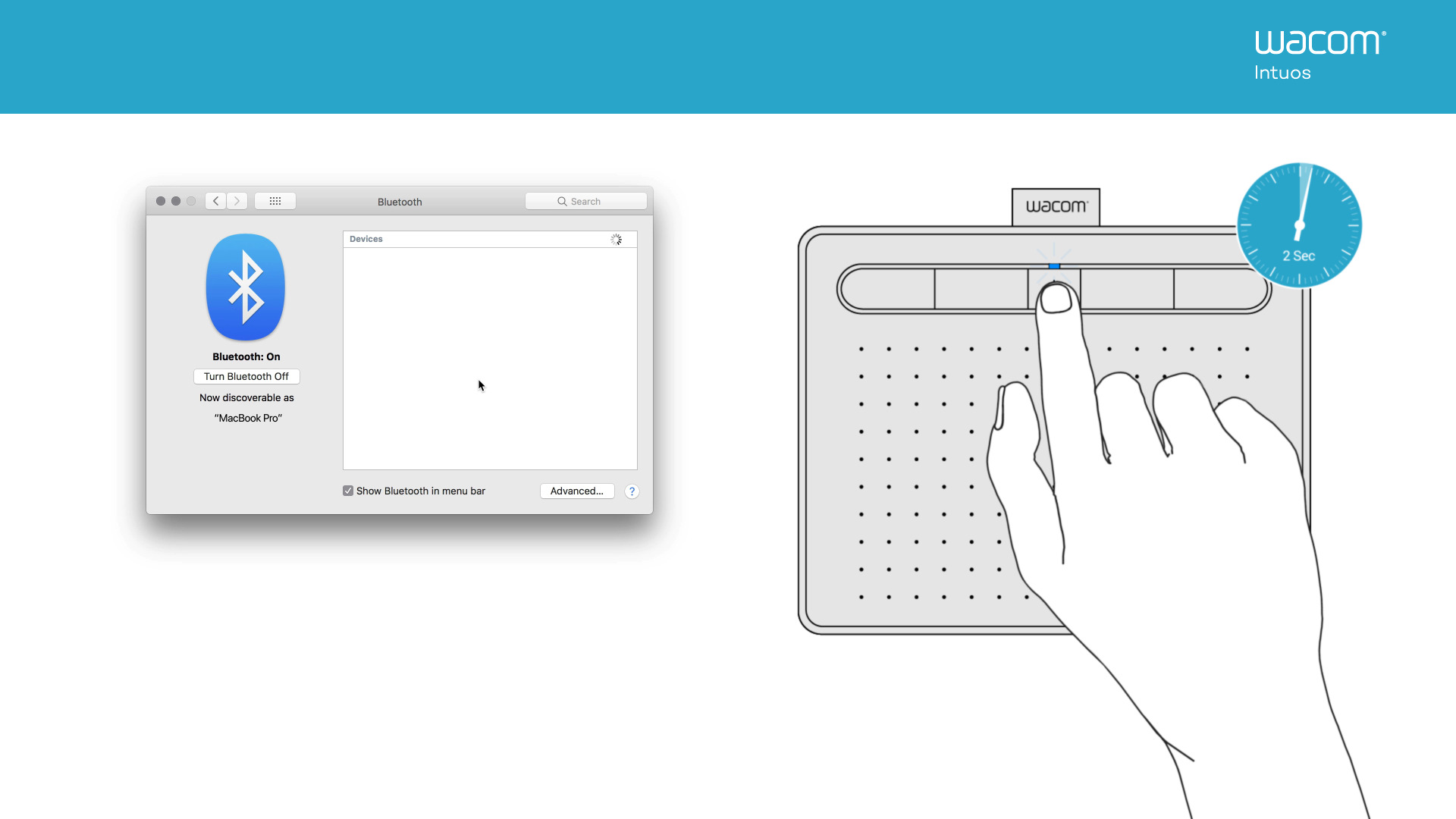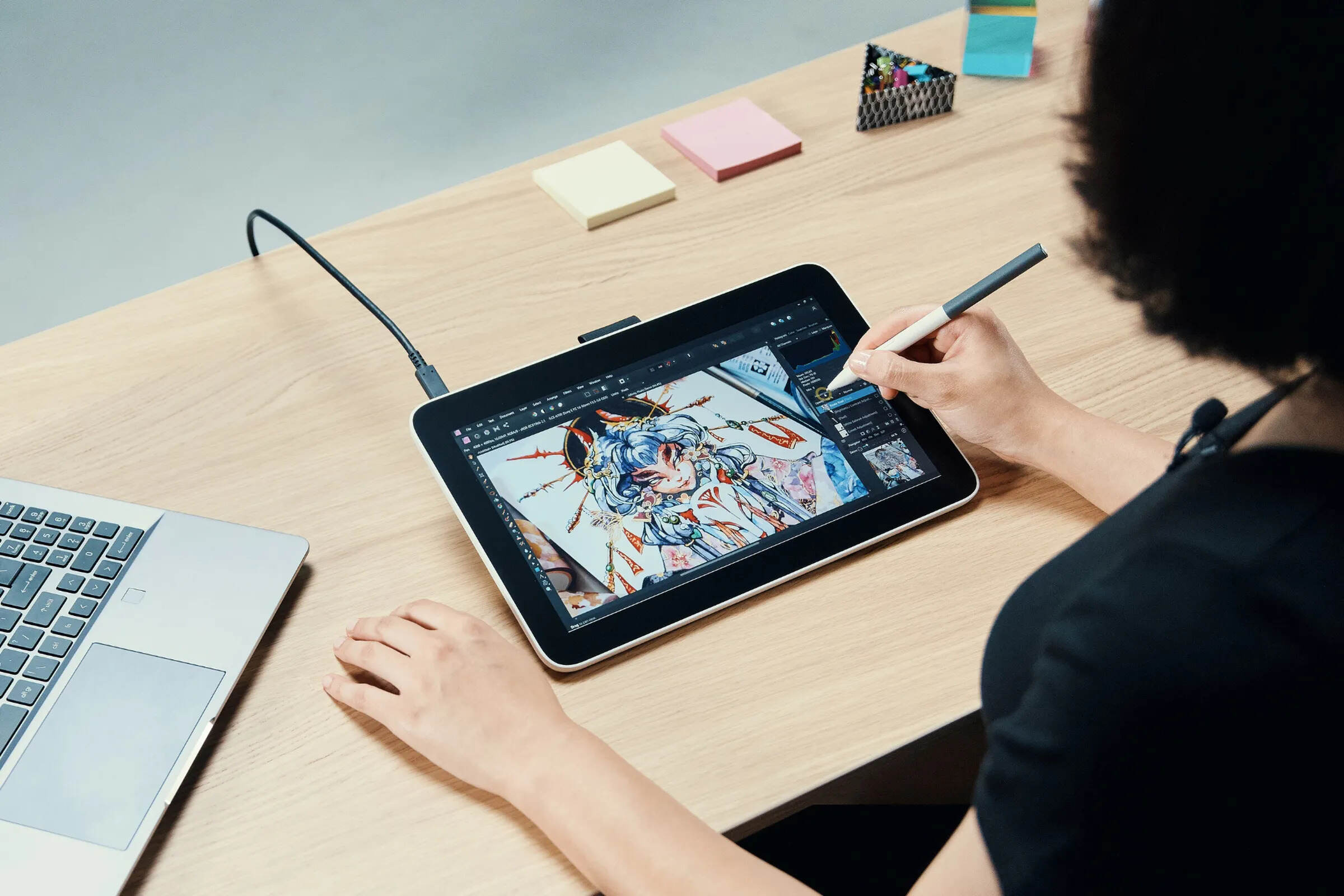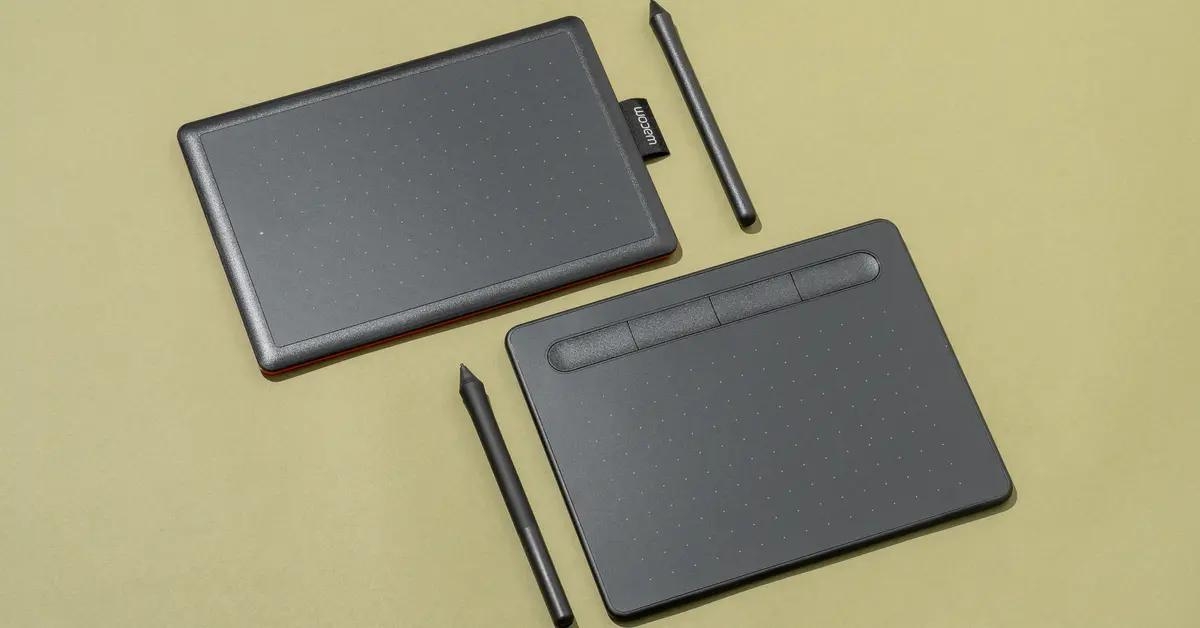Introduction
Welcome to the world of digital art! If you are an aspiring artist or designer, you may have heard about Wacom tablets and Firealpaca software. Wacom tablets are widely regarded as the industry standard for digital drawing and painting, offering unparalleled precision and control. Firealpaca is a powerful and user-friendly digital art program that is compatible with a wide range of devices, including Wacom tablets.
In this guide, we will walk you through the process of connecting your Wacom tablet to Firealpaca, enabling you to unleash your creativity and take advantage of all the features these tools have to offer. Whether you are a seasoned artist or just starting out, this guide will help you get your tablet up and running and ready to create stunning digital art.
Throughout this tutorial, we will cover everything from installing the necessary drivers to configuring your tablet settings in Firealpaca. We will also provide step-by-step instructions on how to calibrate your tablet and test it within the Firealpaca software.
By the end of this guide, you will have a solid understanding of how to connect your Wacom tablet to Firealpaca and start creating beautiful digital artwork. So, let’s not waste any time and dive right in!
Step 1: Installing the necessary drivers
The first step in connecting your Wacom tablet to Firealpaca is installing the necessary drivers. These drivers serve as a communication bridge between your tablet and computer, ensuring that they work seamlessly together. Follow the steps below to install the drivers:
1. Visit the official Wacom website and navigate to the “Support” or “Downloads” section.
2. Use the search function or browse the available products to find the drivers specific to your tablet model and operating system.
3. Download the correct drivers by clicking on the appropriate link.
4. Once the download is complete, locate the file and double-click on it to initiate the installation process.
5. Follow the on-screen instructions to complete the installation. Make sure to carefully read the license agreement and select the necessary options.
6. After the installation is finished, restart your computer to ensure that the changes take effect.
Once your computer has restarted, the drivers for your Wacom tablet should be successfully installed. This step is crucial as it allows your computer to recognize and properly communicate with your tablet.
It’s important to note that different tablet models may have different installation processes. If you encounter any issues during the installation, refer to the user manual or the support resources provided by Wacom. They often include troubleshooting guides and FAQs that can help resolve any installation-related problems.
Now that you have successfully installed the necessary drivers, you are ready to move on to the next step: connecting your tablet to your computer.
Step 2: Connecting your Wacom tablet
Now that you have installed the drivers for your Wacom tablet, the next step is to connect it to your computer. Follow the steps below to establish a proper connection:
1. Start by locating the USB cable that came with your Wacom tablet. This cable is used to connect your tablet to your computer.
2. Plug one end of the USB cable into the USB port of your Wacom tablet. The port is usually located on the side or bottom of the tablet.
3. Plug the other end of the USB cable into an available USB port on your computer. Make sure to use a USB port that is not only functional but also easily accessible for future use.
4. Once the tablet is connected, your computer should recognize it and automatically install any additional drivers or software required.
5. If prompted, follow any on-screen instructions to complete the installation process for the tablet-specific software.
In some cases, your tablet may have additional connectivity options, such as Bluetooth or wireless. If your tablet supports these options, consult the user manual or the manufacturer’s website for instructions on how to connect wirelessly.
After the connection is established, it’s always a good idea to test your tablet to ensure that it is working properly. Open any drawing program or use the tablet’s bundled software and check if you can draw or navigate using the tablet’s stylus.
If you encounter any issues during the connection process or the tablet is not functioning correctly, refer to the troubleshooting section in the user manual or visit the manufacturer’s support website for detailed instructions and assistance.
Now that your Wacom tablet is connected to your computer, it’s time to move on to the next step, where we will configure the tablet settings in Firealpaca.
Step 3: Configuring your tablet settings in Firealpaca
Once you have successfully connected your Wacom tablet to your computer, it’s time to configure the tablet settings in Firealpaca. Follow the steps below to ensure that your tablet works seamlessly with the software:
1. Open Firealpaca on your computer. If you haven’t already installed Firealpaca, you can download it from the official Firealpaca website and follow the installation instructions.
2. Once Firealpaca is open, navigate to the “Preferences” option. This is usually located in the top menu or under the “File” or “Edit” dropdown menu.
3. In the preferences window, look for the “Tablet” or “Pen” settings. Click on this option to access the tablet configuration settings.
4. Here, you will find various settings that can be adjusted according to your preferences. These settings may include the pressure sensitivity, tilt sensitivity, button shortcuts, and more. Take some time to explore and customize these settings to suit your needs and drawing style.
5. Once you have configured the settings to your liking, click on the “Apply” or “OK” button to save the changes.
6. Close and reopen Firealpaca to ensure that the settings are applied correctly.
By configuring the tablet settings in Firealpaca, you can maximize the functionality of your Wacom tablet and tailor it to your specific requirements. Experiment with different settings to find the ones that work best for you and enhance your digital art experience.
If you encounter any difficulties while configuring the tablet settings or if the tablet does not respond as expected, refer to the Firealpaca user manual or the software’s support resources for further guidance.
With your tablet settings properly configured, you are now ready to move on to the next step, which is calibrating your tablet.
Step 4: Calibrating your tablet
Calibrating your Wacom tablet is an important step to ensure accurate and precise input recognition. Follow the steps below to calibrate your tablet:
1. Launch Firealpaca or any other drawing program that you prefer to use with your Wacom tablet.
2. Locate and click on the tablet icon in the toolbar or navigate to the tablet settings within the program.
3. Look for the “Calibrate” or “Calibration” option within the tablet settings.
4. Follow the on-screen instructions to initiate the calibration process.
5. Typically, the calibration process involves tapping and/or dragging the stylus within designated areas of the screen. This allows the tablet to determine the exact mapping and alignment of the stylus movements on the display.
6. After completing the required steps, the tablet calibration process will be finished. The software will save the calibration settings for future use.
It is essential to calibrate your tablet regularly, especially if you switch between different computers or connect your tablet to multiple monitors. Calibration helps maintain accuracy and ensure optimal drawing and painting experiences.
If you encounter any issues during the calibration process, consult the user manual or the support resources provided by your tablet manufacturer or the software developer.
Now that your Wacom tablet is calibrated, you are ready to move on to the final step, which is testing your tablet in Firealpaca.
Step 5: Testing your tablet in Firealpaca
After successfully configuring and calibrating your Wacom tablet, it’s time to test it out in Firealpaca. Follow the steps below to ensure that your tablet is functioning properly within the software:
1. Open Firealpaca on your computer and create a new canvas or open an existing artwork.
2. Select a brush or drawing tool from the toolbar to begin drawing.
3. Place the stylus on the tablet’s active area and start making strokes on the canvas. You should see the brush responding to the pressure sensitivity and capturing the movements accurately.
4. Test different brush sizes and pressure levels to see how the tablet responds. Adjust the pressure sensitivity within Firealpaca’s brush settings if needed.
5. Experiment with the tablet’s shortcut buttons, if applicable, to see if they perform the desired actions within Firealpaca.
6. Try using the tablet’s stylus to navigate through the software’s interface, such as scrolling, zooming, or selecting tools.
If everything functions as expected, congratulations! Your Wacom tablet is now successfully connected and tested in Firealpaca. You can now start exploring the various features and create stunning digital artwork with confidence.
If you encounter any issues during the testing phase, make sure to double-check the tablet settings in Firealpaca and ensure that the drivers are up to date. Additionally, refer to the user manual or visit the Wacom or Firealpaca support websites for further troubleshooting assistance.
Remember, practice makes perfect. Take the time to get familiar with your Wacom tablet’s functionality within Firealpaca, and soon you will be able to fully utilize its capabilities in your artistic endeavors.
Conclusion
Congratulations on successfully connecting your Wacom tablet to Firealpaca! By following the steps outlined in this guide, you have now gained the ability to unlock the full potential of your digital art journey.
We started by installing the necessary drivers for your Wacom tablet, ensuring smooth communication between your hardware and computer. Then, we moved on to connecting your tablet, establishing a physical connection that allows your gestures and strokes to be translated onto the digital canvas.
Configuring your tablet settings in Firealpaca was the next step, allowing you to personalize your drawing experience. Adjusting pressure sensitivity, tilt sensitivity, and button shortcuts can greatly enhance your workflow, making it easier to bring your artistic visions to life.
Afterwards, calibrating your tablet played a crucial role in achieving accurate input recognition. Regular calibration ensures that your tablet responds precisely to your movements, maintaining accuracy and enhancing the overall drawing experience.
Finally, we tested your tablet within Firealpaca to ensure that everything is functioning as intended. By making strokes, adjusting brush settings, and testing shortcut buttons, you can confidently create digital artwork knowing that your tablet is fully integrated with the software.
Remember, the journey does not end here. Continue exploring the limitless possibilities that your Wacom tablet and Firealpaca offer. Experiment with different brushes, techniques, and styles to develop and showcase your unique artistic voice.
If you encounter any issues, don’t hesitate to refer back to this guide or seek additional support from the Wacom and Firealpaca communities. They provide valuable resources, tips, and tricks to help you along your creative journey.
Now, armed with the knowledge and skills gained through this guide, it’s time to unleash your creativity and pursue your artistic aspirations. Enjoy the artistic freedom and boundless creativity that your Wacom tablet and Firealpaca bring to your digital art endeavors!







